All products featured are independently chosen by us. However, SoundGuys may receive a commission on orders placed through its retail links. See our ethics statement.
Best mics for YouTube
January 31, 2024
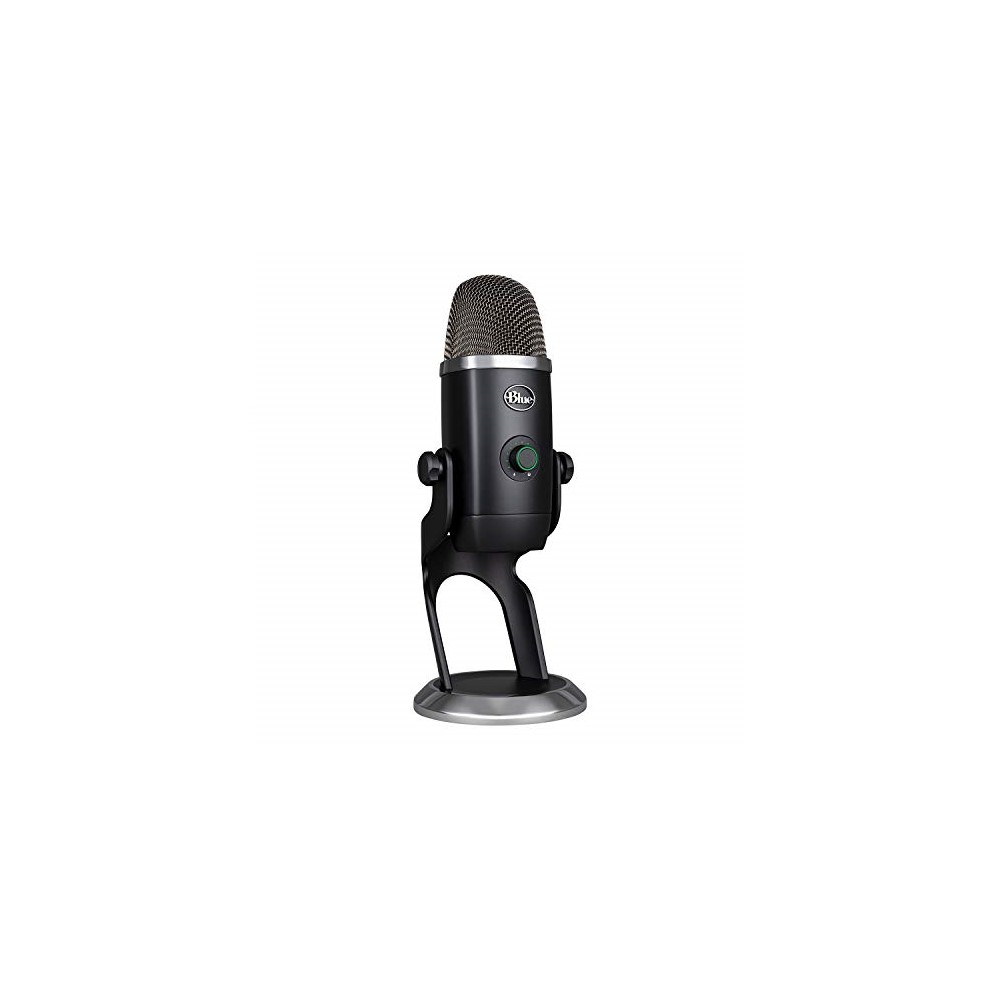




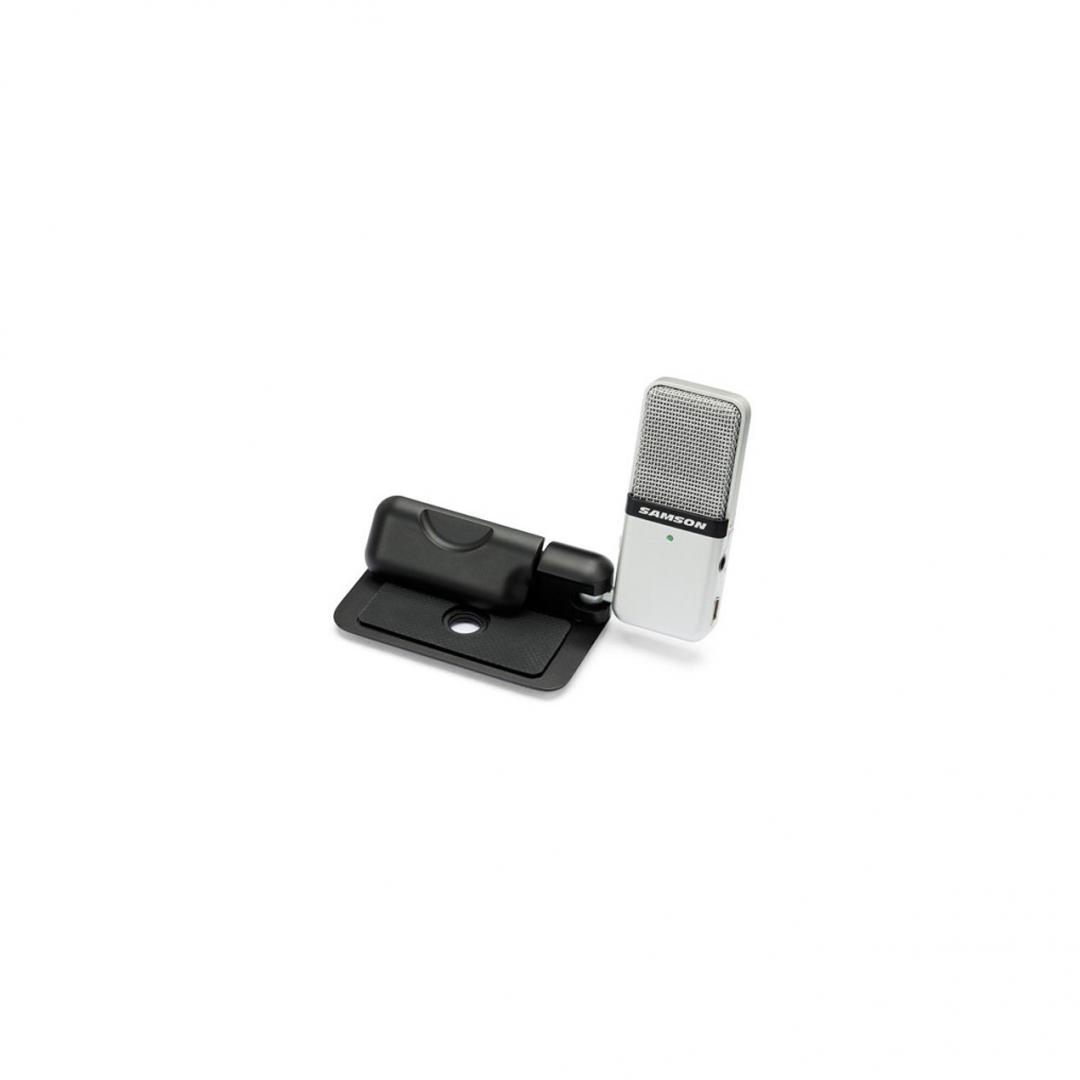
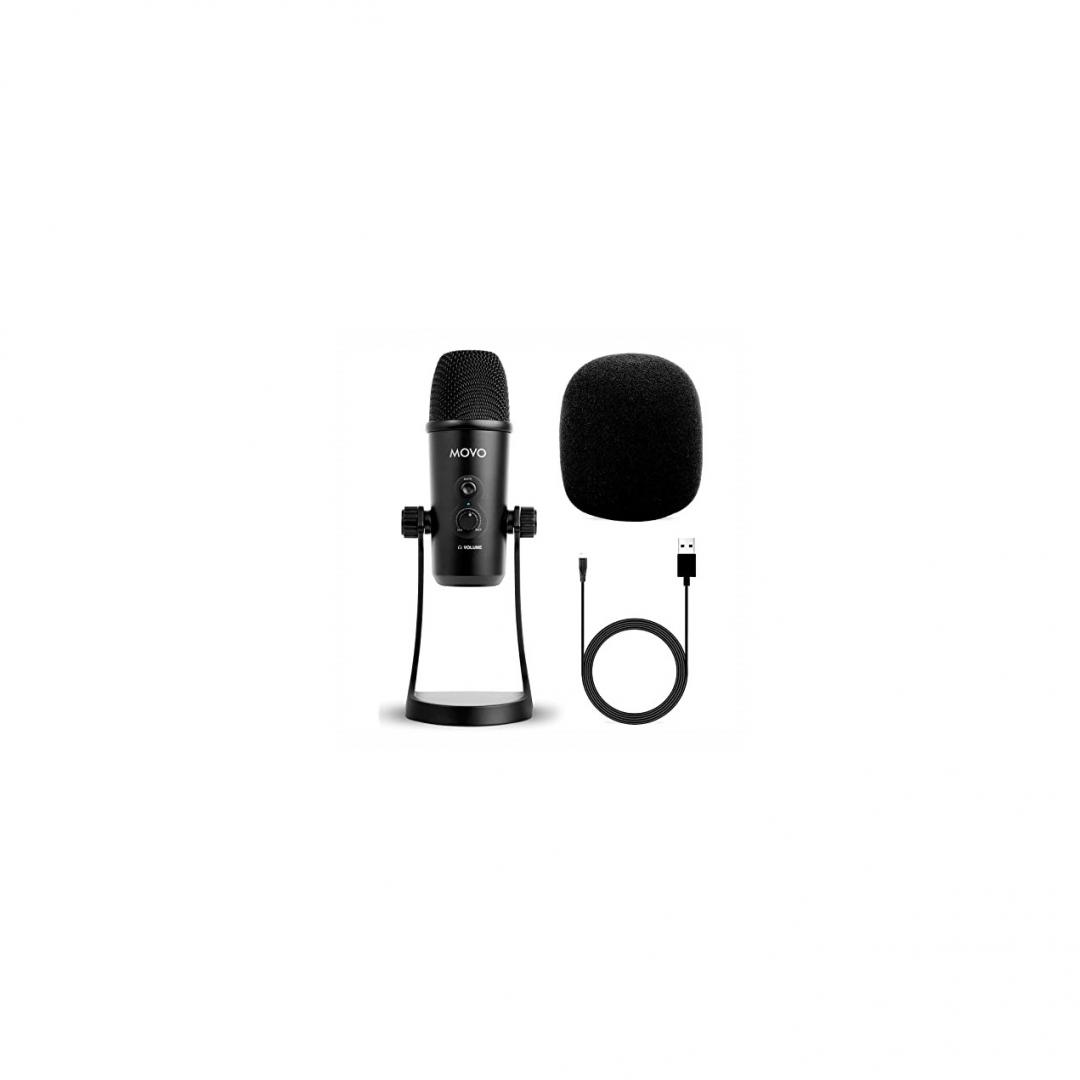
Content creators don’t see the point in waiting for an opportunity when you can make the opportunity yourself. YouTube stands as a one-stop shop to learn pretty much anything. You can learn how to change a tire, your operating system, and your life from one resource. However, many creators forget about the importance of audio quality. To help with this, we’ve compiled a list of the best mics for YouTube; no matter your channel, there’s a recording device to improve your production value.
- This article was updated on January 31, 2024, to adjust formatting and ensure the timeliness of the information within.
- For more options, check out our lists for the best gaming mics, USB mics, and Lavalier mics.
The best mic for most people is the Blue Yeti X
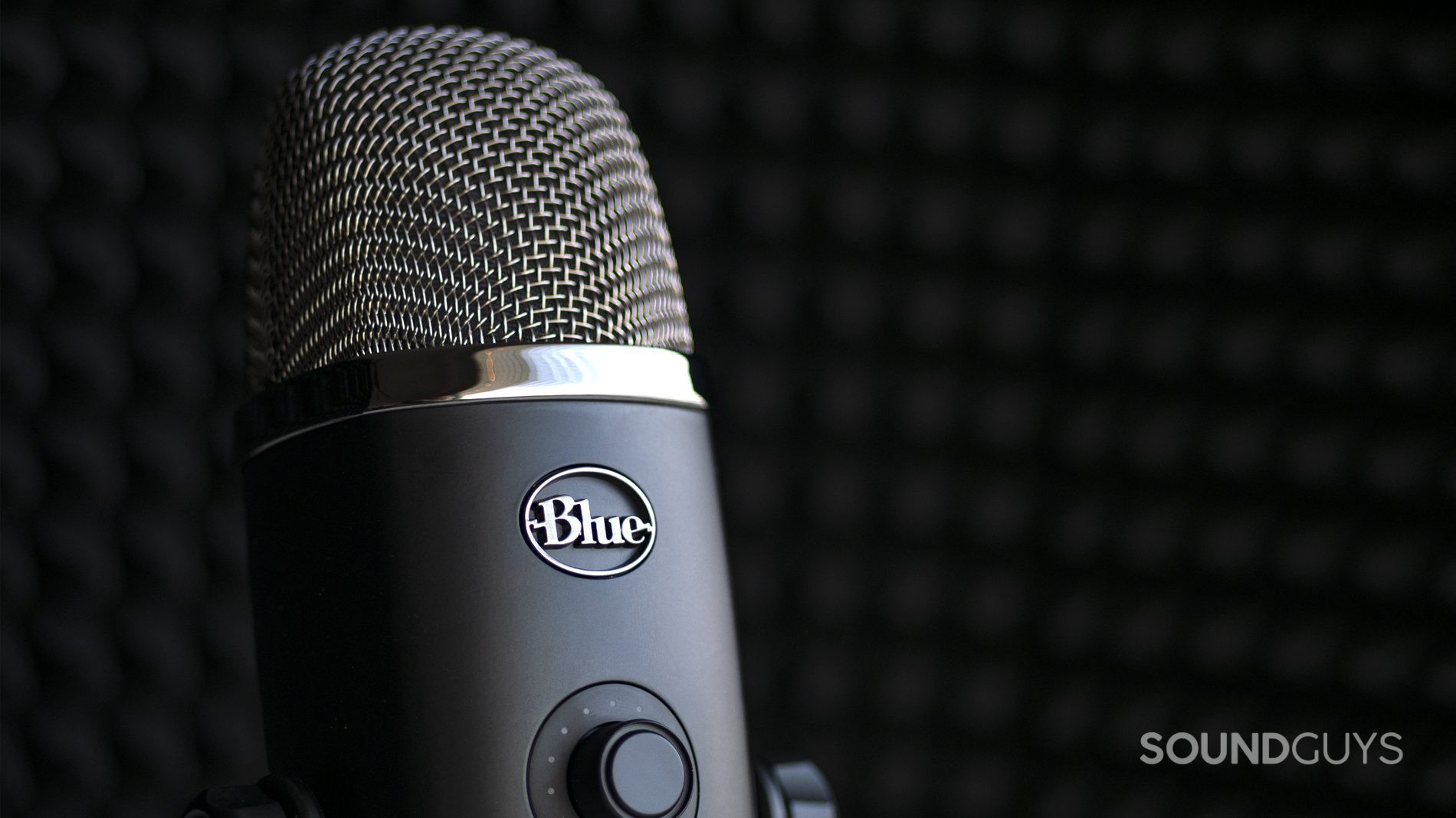
The Blue Yeti X features a four-capsule array, one more than the famed Blue Yeti mic. Depending on your needs, you can switch between cardioid, omni, stereo, and bi-directional recording patterns. The slew of polar patterns is just one of many features that makes this one of the most versatile USB microphones on the market and our top pick as one of the best mics for YouTube.
While the exterior remains similar to the original Blue Yeti, there are a few key differences. For one, the Blue Yeti X outputs 24-bit/48kHz audio, which means you’re afforded more flexibility in post-processing compared to the original, which records 16-bit/48kHz audio. High-res LED metering lets you monitor your voice levels with an 11-segment meter, allowing you to adjust the gain on the fly to avoid clipping easily. The knob on the front of the cylindrical body also lets you quickly mute the microphone, adjust the output level to your headphones, and blend the amount of computer audio and microphone audio that’s relayed to your in-ear monitors.
What’s more, you can also take advantage of the Blue VO!CE audio software, which provides presets and the ability to create your own custom sound. This is great for people who aren’t yet familiar with digital audio workstations like Adobe Audition. This is a great plug-and-play microphone for Macs and PCs and can be used for podcasting, musical recordings, gaming, and more.


The HyperX QuadCast S is one of the best mics for streaming
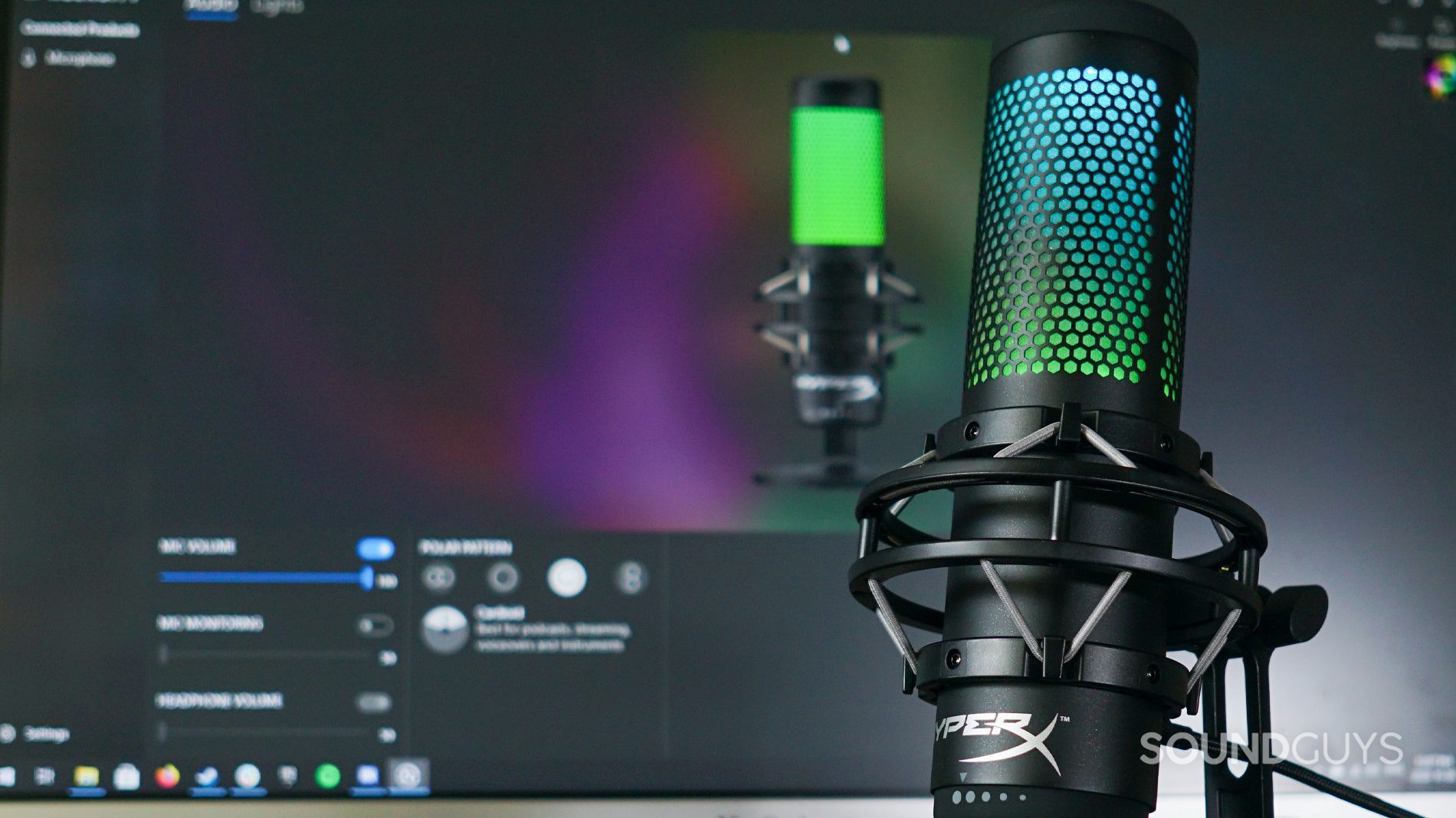
The HyperX QuadCast S is not just a microphone; it’s a statement piece for streamers. With its eye-catching rainbow LED design, it’s sure to add flair to any YouTube setup. Beyond its aesthetics, the QuadCast S offers four polar patterns – cardioid, bidirectional, omnidirectional, and stereo – making it adaptable to various recording scenarios, from solo content to interviews.
The microphone boasts a neutral-leaning frequency response, ensuring voices are captured naturally. Its design mitigates the proximity effect, a common issue where low-frequency sounds distort when speaking too close. This ensures consistent audio clarity, a must-have for YouTube streamers. The touch-sensitive mute button with LED indicators provides an intuitive user experience, allowing streamers to know their mic’s status instantly.
For those who value aesthetics as much as performance, the QuadCast S’s mesmerizing LED lights enhance the visual appeal and provide functional feedback. The microphone’s compatibility with the Ngenuity software allows users to customize its lighting effects, adding a personalized touch to their setup. Designed for versatility and style, the HyperX QuadCast S is a top contender for YouTube streamers aiming to make an impression.


For the best sound quality, pick up the Shure MV7
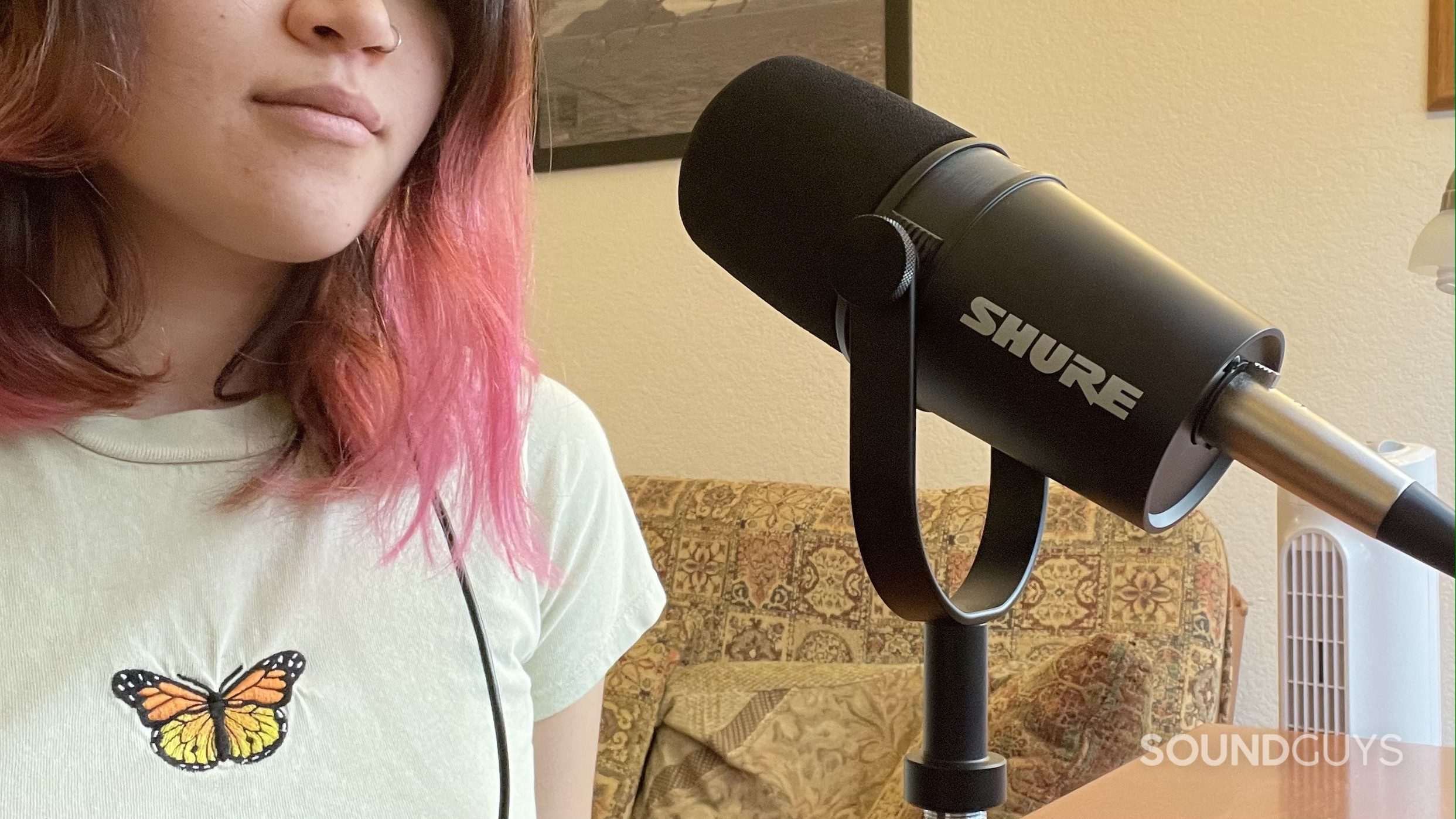
The Shure MV7 reproduces vocals very well, and this truly versatile mic has both a USB and XLR output, which can be used simultaneously. You can choose from several recording settings to optimize the frequency response. Though it only has a cardioid polar pattern, this is typically what you’d use for voice recordings anyway. Though the touchpad controls on the microphone are a bit inconvenient as they require two hands to maneuver, the rest of the mic’s hardware is very useful. Along with the USB and XLR outputs, the mic has a headphone port for live monitoring. All these great features make it one of the best mics for YouTube content.
To access the full benefits of the Shure MV7, you need to download the ShurePlus MOTIV app. Through this app, you can adjust the recording mode, save presets stored within the mic itself and are, therefore, transferable across devices, and download firmware updates. One of the recording modes is auto mode, which allows you to adjust the recording based on your proximity to the microphone capsule and select from EQ presets along with various other easy-to-manage controls. If you want more control over the mic’s settings, switch to manual mode for a mini mixing board of controls.

Samson Go Mic is still the best mini-mic for the travel vlogger
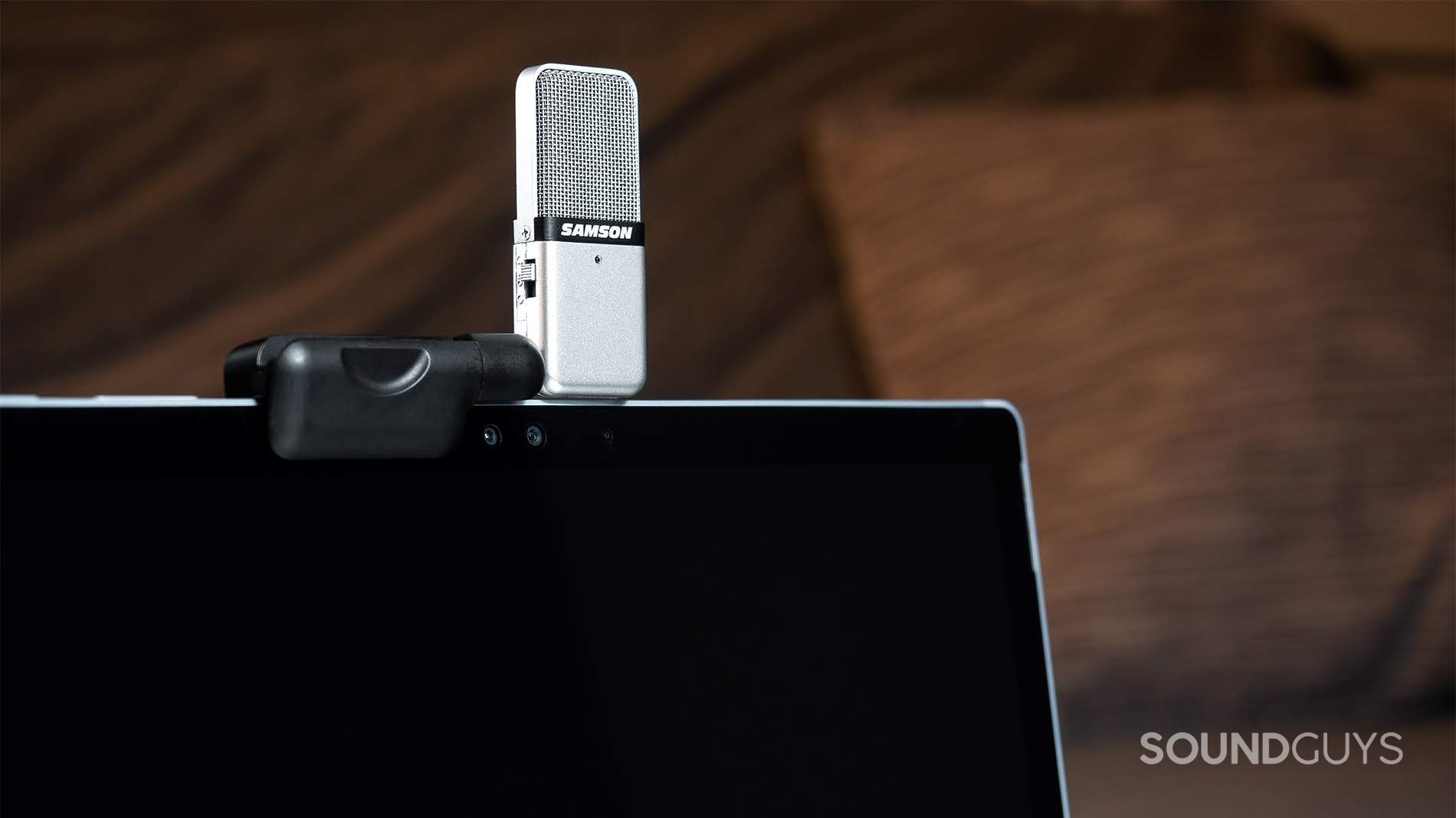
The Samson Go Mic is a decade-old gem that still holds its ground, especially for travel vloggers. Its clip-on feature, designed to attach seamlessly to laptop screens and desktop monitors, ensures that setting up on the go is a breeze. The microphone’s compact nature and sturdy diecast zinc stand make it both durable and travel-friendly. The bonus? It has a zipper carrying case, ensuring it remains protected during transit.
For a microphone in its price range, the Go Mic offers impressive recording capabilities at 16-bit/44.1kHz resolution. This ensures that vloggers can capture clear audio, whether recording personal narratives or the ambient sounds of their travel destinations. The built-in switch allowing users to choose between cardioid and omnidirectional patterns further enhances its versatility, catering to varied recording scenarios.
What sets the Samson Go Mic apart, especially for travel vloggers, is its plug-and-go functionality. There’s no need for complex setups or additional gear. Its ease of use and its quality performance make it an ideal choice for those looking to capture quality audio without the bulk and hassle. Whether you’re a seasoned vlogger or just starting out, the Go Mic promises to be a reliable audio companion on your travels.

The Movo UM700 USB is a great jacks-of-all-trades microphone
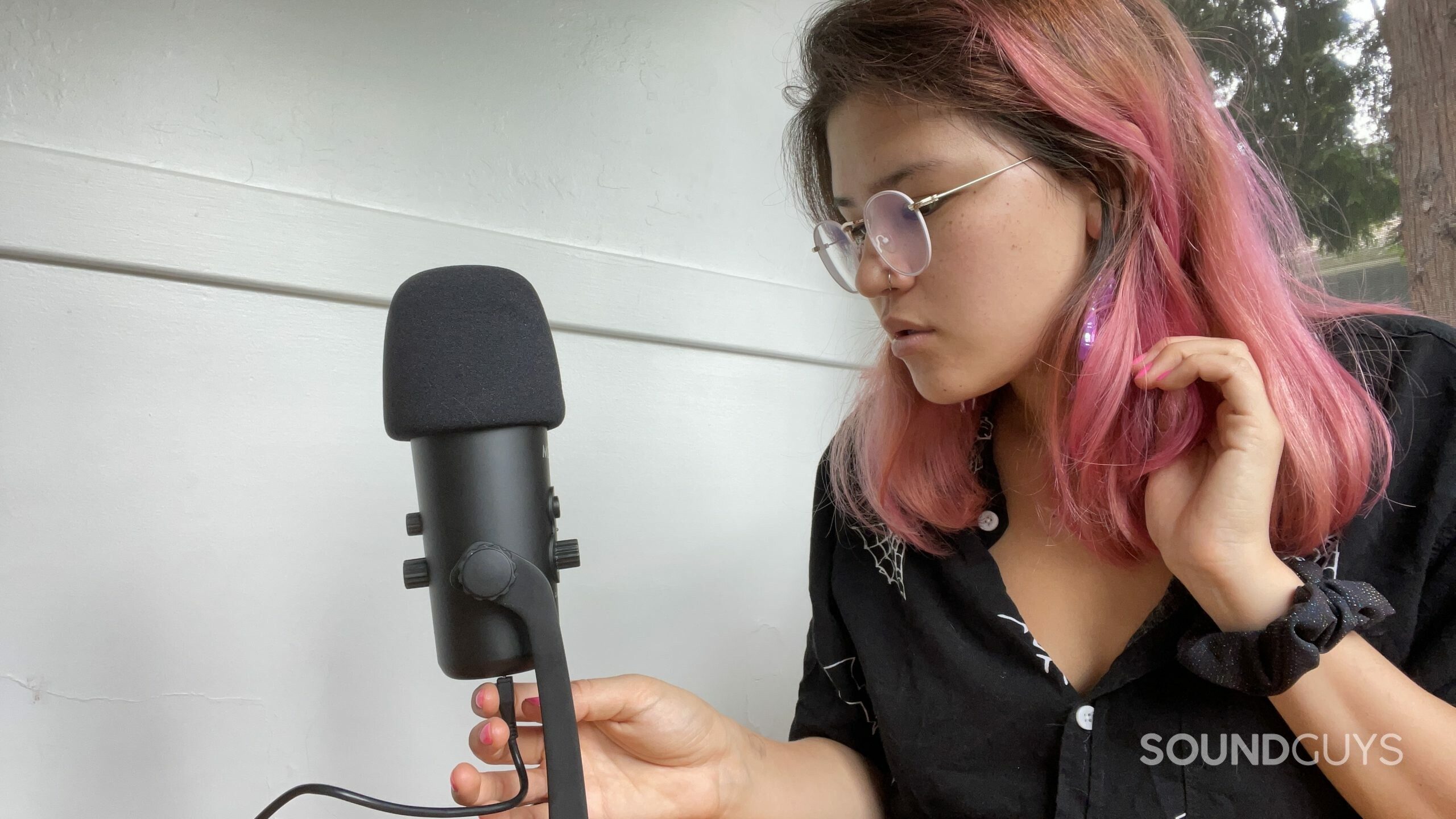
The Movo UM700 USB microphone emerges as a versatile powerhouse for content creators. Whether you’re a budding musician, a dedicated podcaster, or a professional leading video meetings, this mic is designed to cater to your diverse needs. Its robust build, combined with its affordability, makes it a standout choice. The mic’s solid metal construction ensures durability, while its anti-slip foot and adjustable knobs provide stability and flexibility during recordings. Moreover, including multiple polar patterns, from cardioid to bidirectional, ensures adaptability for various recording scenarios.
Sound quality is paramount, and the Movo UM700 doesn’t disappoint. With a recording resolution of 16-bit/48kHz, it provides clarity that’s hard to find in its price range. This ensures that the audio remains crisp and true to the source, whether you’re capturing vocals, instrumental music, or ambient sounds. The various polar patterns enhance its versatility, allowing users to switch modes based on their recording needs. The stereo-polar pattern, for instance, is perfect for capturing a more immersive sound experience.
For those who prioritize ease of use, the Movo UM700 shines with its plug-and-play functionality. The front panel is intuitively designed with a mute button, indicator light, and volume knob, ensuring quick adjustments during live sessions. The bonus of a one-year limited warranty, which extends to two years upon product registration, speaks volumes about Movo’s confidence in its product. In essence, the Movo UM700 is not just a microphone; it’s a reliable audio companion for those who demand quality without breaking the bank.

Is the Sennheiser MKE 400 Mobile Kit a good mic for YouTube?
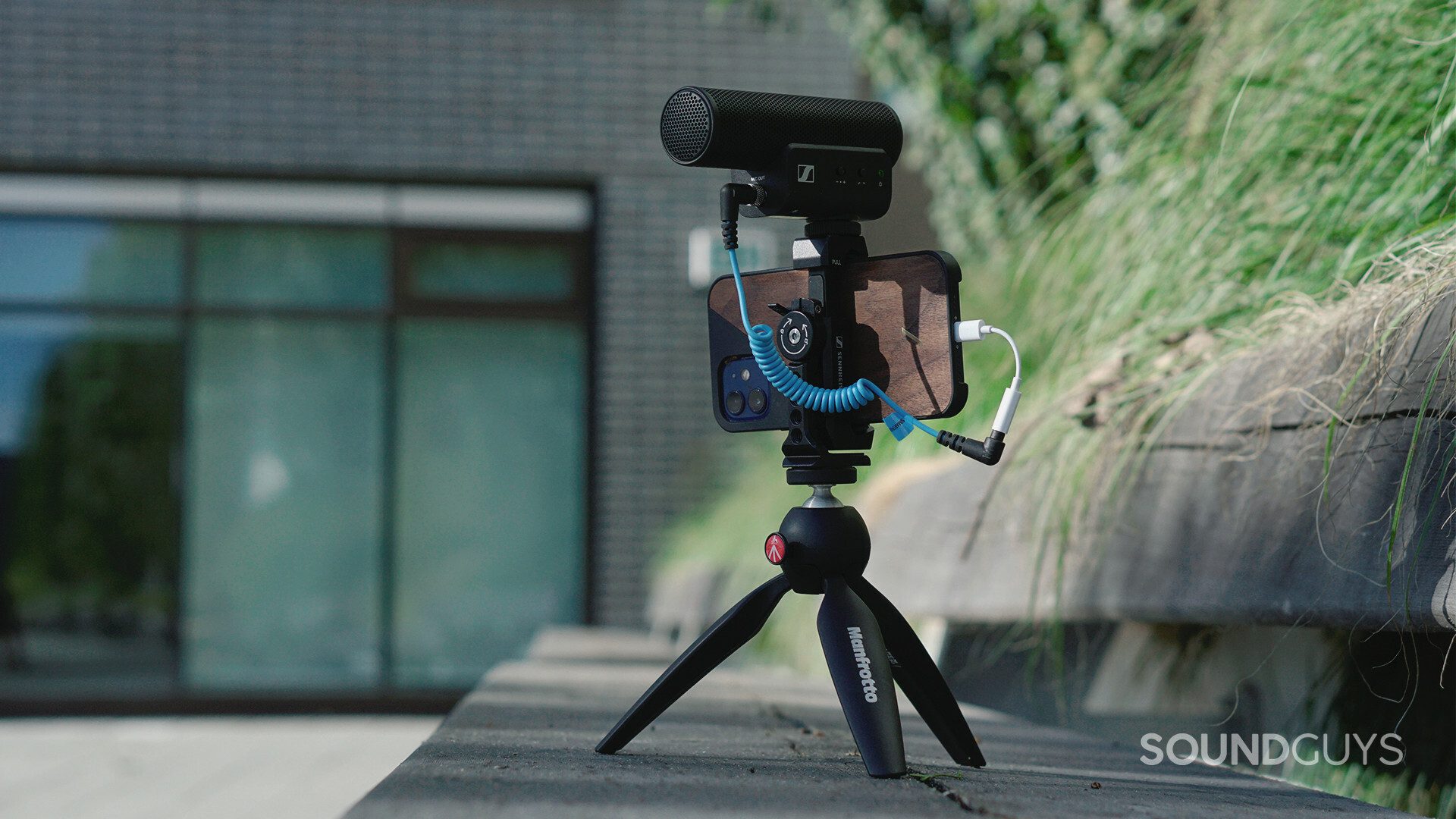
Yes, the Sennheiser MKE 400 Mobile Kit is one of the best mics for YouTubers who predominantly record from their smartphone. This super-cardioid condenser microphone uses two AAA batteries that supply more than 100 hours of use, which is perfect for a few work days. The kit also comes with a Manfrotto PIXI Mini Tripod to rest your phone on top of something while recording.
You get two switches on the microphone to adjust the sensitivity and apply a low-cut filter. We like this feature because it makes it easy to change recording settings on the fly, and this should save you time during post-production. The microphone even has a volume rocker and headphone jack for live mic monitoring, which is impressive given its small size. The kit is pretty expensive at $230, but if you can swing it and it suits your needs, the MKE 400 Mobile Kit from Sennheiser is an excellent shotgun mic.

Can you use the Shure SM58 for YouTube?
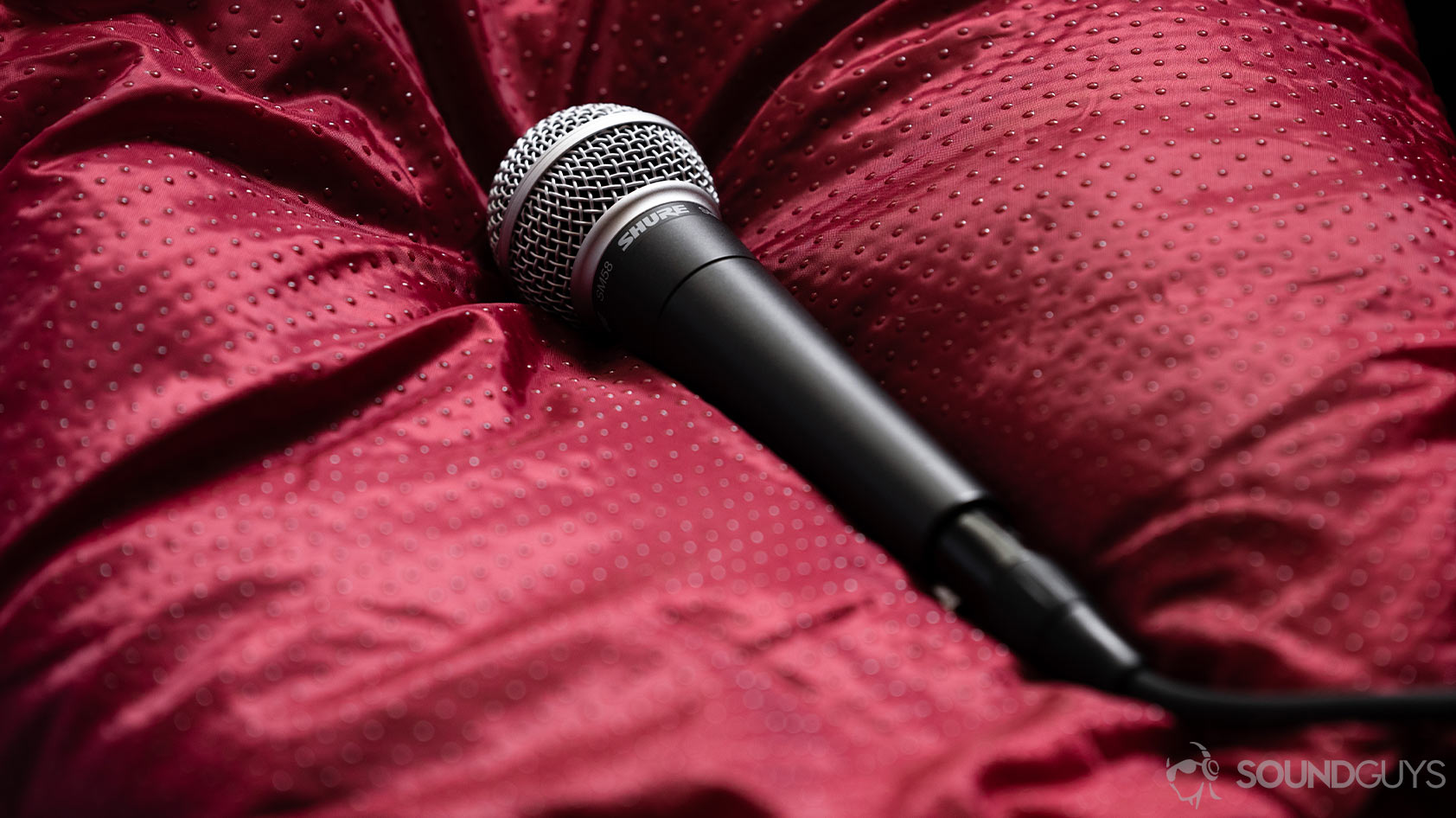
If you’re singing for YouTube and want the audio to sound good while not obstructing the camera’s view of your face, the Shure SM58 is a sleek and affordable option. The Shure SM58’s frequency response is designed to highlight vocals. It has an XLR output, so you will need a USB interface to interface it with your computer, but at $99, this cardioid dynamic mic is hard to beat.
Shure SM58 speaking sample:
Shure SM58 singing sample:
Shure SM58 electric guitar with amp:
Shure SM58 acoustic guitar:


If you’re going to be playing an acoustic guitar and singing for your video, you’ll want to get two microphones to ensure the best audio quality. We recommend using a condenser microphone like the Rode NT1 or NT1-A for your guitar and sticking with an unobtrusive vocal microphone for your voice. By using two microphones, you can get the best directional sound for each instrument, drastically affecting your audio’s clarity.
Rode NT1 acoustic guitar:
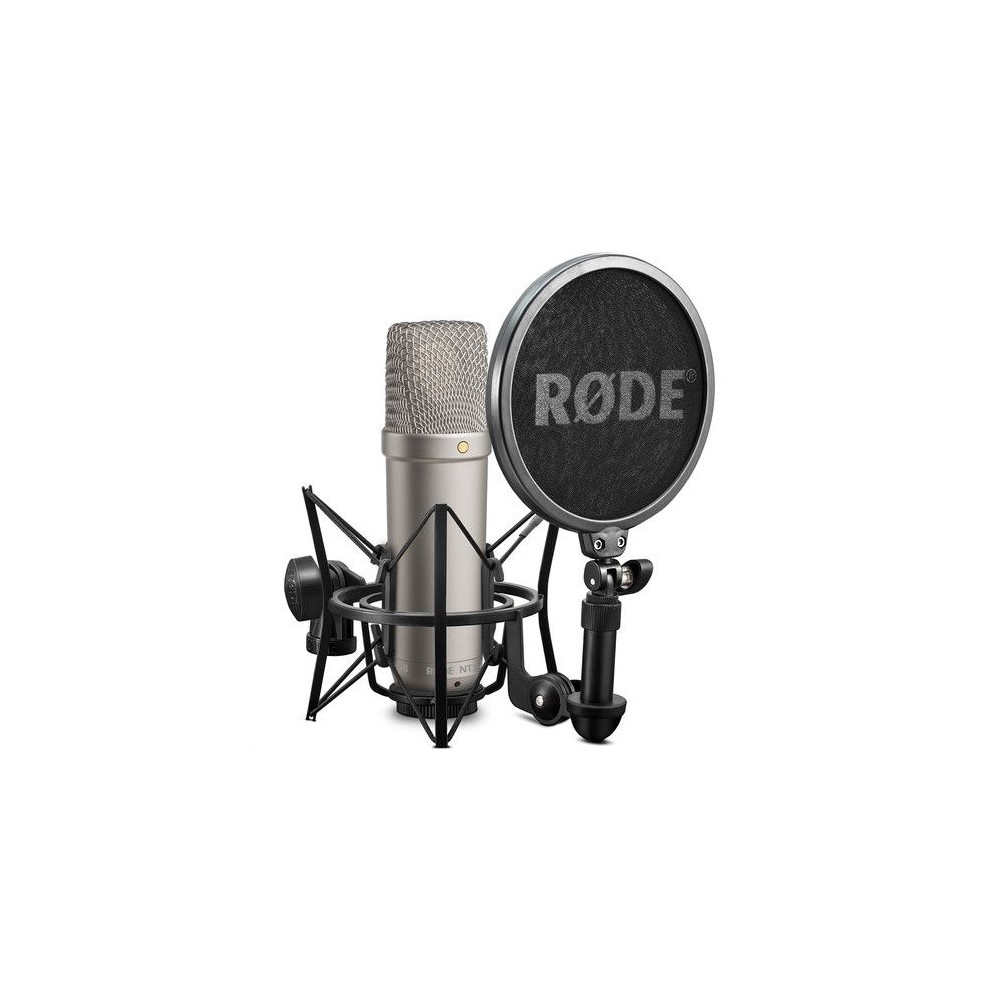

You may also want to look into the Shure SM57, specifically tuned to withstand live performances thanks to its high loudness tolerance. The diecast steel exterior is durable and can take a few drops while on tour. This is the mic to get if you need to record something like an electric guitar amp.
Shure SM57 acoustic guitar:


The best mics for YouTube: Notable mentions
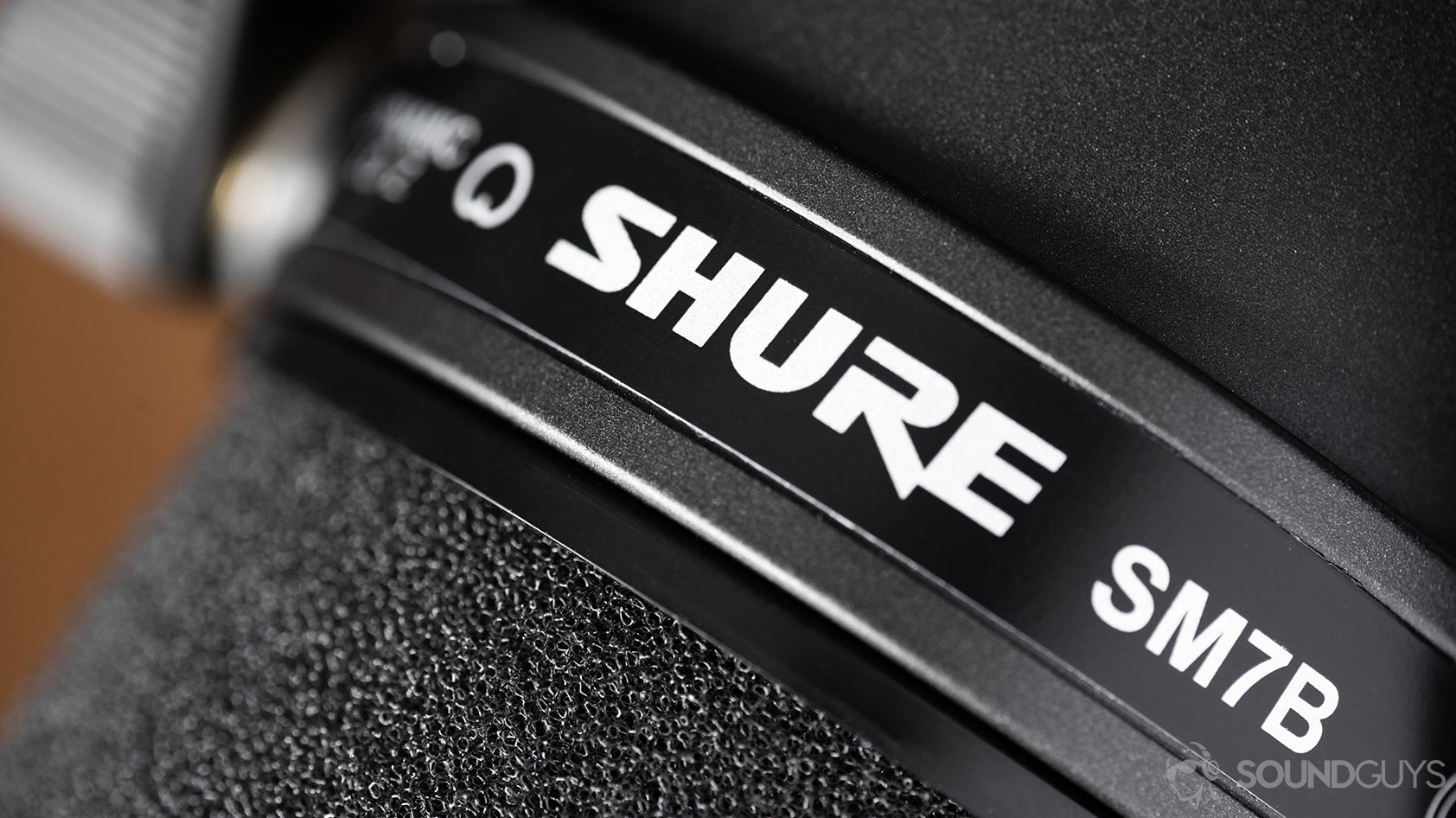
- Blue Yeti: The Blue Yeti microphone features a three-capsule recording array and various recording pattern options. It’s $40 cheaper than the newer Blue Yeti X and affords similar sound quality with fewer bells and whistles.
- JOBY Wavo POD: JOBY is most famous for its Gorillapod flexible travel tripod, and it came out swinging with a fully-featured USB condenser microphone that costs less than $100. You get two recording patterns (cardioid and omnidirectional, though the Omni pattern acts more like a bidirectional pattern). Find it for $99 at Amazon.
- Movo UM700: This is an excellent mic that comes with four polar patterns, onboard gain and volume adjustment, a removable windscreen, and more. Its sound quality is great, especially considering it only cost $100. You can pick it up for $79 at Amazon.
- Razer Seiren Mini: This plug-and-play mic couldn’t be easier to use, and though its sound quality isn’t flawless, it’s more than fine for a casual YouTube video. It’s available for $37 at Amazon.
- Rode VideoMic: For run-and-gun content creators, there are few options more frequently recommended than the Rode VideoMic. It easily mounts onto a DSLR or boom pole for instant recording. The integrated shock mount absorbs movement vibrations, and the super-cardioid polar pattern is ideal for directional recording. It effectively deprioritizes off-axis sounds, especially when in a controlled environment, making it one of the best mics for YouTube if you’re an aspiring vlogger.
- Rode Wireless Go: This little wireless mic has a receiver for attaching directly to your video camera and a transmitter microphone for speaking into. It has a 70-meter range and is affordable and easy to use.
- Samson Q2U Dynamic Handheld USB: This mic is versatile as it has both an XLR and USB output, is compatible with smartphones, and has a headphone port for live monitoring.
- Shure MV5C: This little mic is unobtrusive, so your viewers will remain focused on you when you use it. It connects to your computer via a USB cable and has a unidirectional pickup pattern. It also features a Voice Enhancement Mode, which will equalize the audio input to focus on your speech. You can pick it up for $97 at Amazon.
- Shure SM7B: This large microphone yields a fairly neutral recording and is equipped with internals to shield it from electromagnetic interference. It requires an XLR interface and is a great option for streamers or studio recording. Pick it up for $399 at Amazon.
- Zoom H1n: This field recorder is a great option if you want to record outside or anywhere on the go. It records 16-bit/44.1kHz audio, which leaves plenty of wiggle room for adjustment in post. It’s straightforward to use, and you can attach a Lavalier mic to it if you want to.
The best mics for YouTube vloggers: Notable mentions
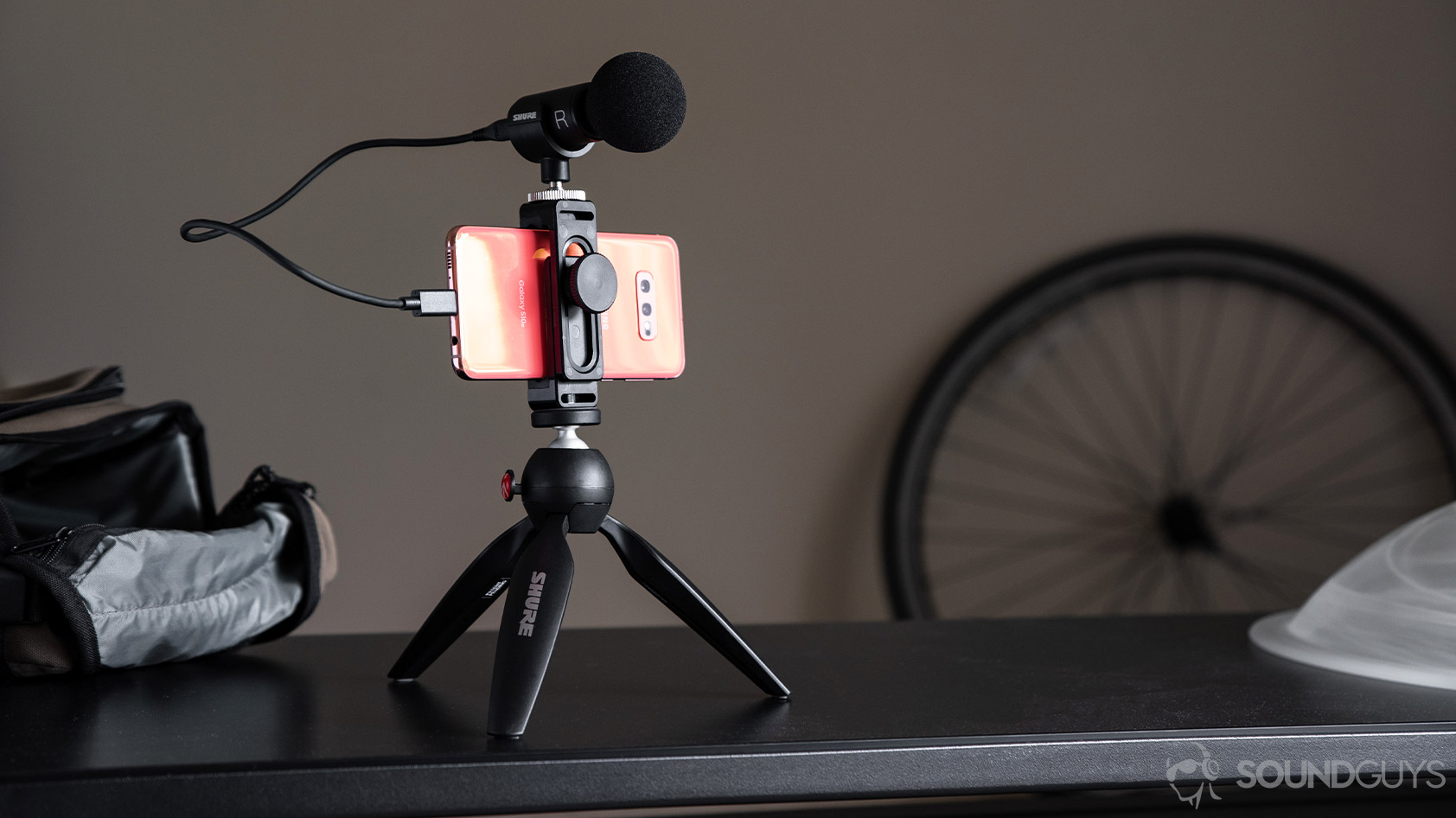
- Rode VideoMicro: This is a great microphone for bloggers; the 3.5mm plug can be used directly on most pro-enthusiast cameras, vastly improving audio quality.
- Sennheiser EW 112P G4: If you’re recording video in the field, you may want to look into wireless microphones. This wireless Lavalier mic has a 100-meter range, 1680 selectable radio frequencies, and an omnidirectional pickup pattern for easy placement.
- Shure MV88+ Video Kit: Content creators who use their smartphones should closely monitor the MV88+. This portable, all-metal microphone packs a punch and produces excellent audio quality. The kit includes a Manfrotto mini tripod and phone mount. Plus, Shure’s comprehensive app suite is an easy way to edit on the go.
- Shure VP83F: Although this seems an expensive option for vlogging, it serves as an all-in-one condenser microphone for DSLRs. It effectively ignores off-axis sounds while effectively registering the target ahead.
Hold up! Something’s missing:
This section is typically where we display a frequency response chart and standardized microphone demos to show you exactly where the audio output shines and where its deficiencies lie. We will update this list (and many others!) once we’re able with improved sound quality measurements and performance plots. These will be made obvious by an announcement explaining the change, and a new chart aesthetic. The standardized samples begin with the phrase, “This is a SoundGuys standardized microphone demonstration …”
Thank you for bearing with us, and we hope to see you again once we’ve sorted everything out.
What you should know about the best mics for YouTube
Generally speaking, picking out a microphone is a daunting process. You have to consider your needs: Are you recording in a controlled environment or an unpredictable one? Do you plan to do much editing after the fact, or are you more focused on recording an event as-is? Well, fortunately, we have a comprehensive guide on finding the right microphone, but here’s a rundown of the basics for choosing the microphone for you from all the best mics for YouTube
What is a microphone polar pattern?
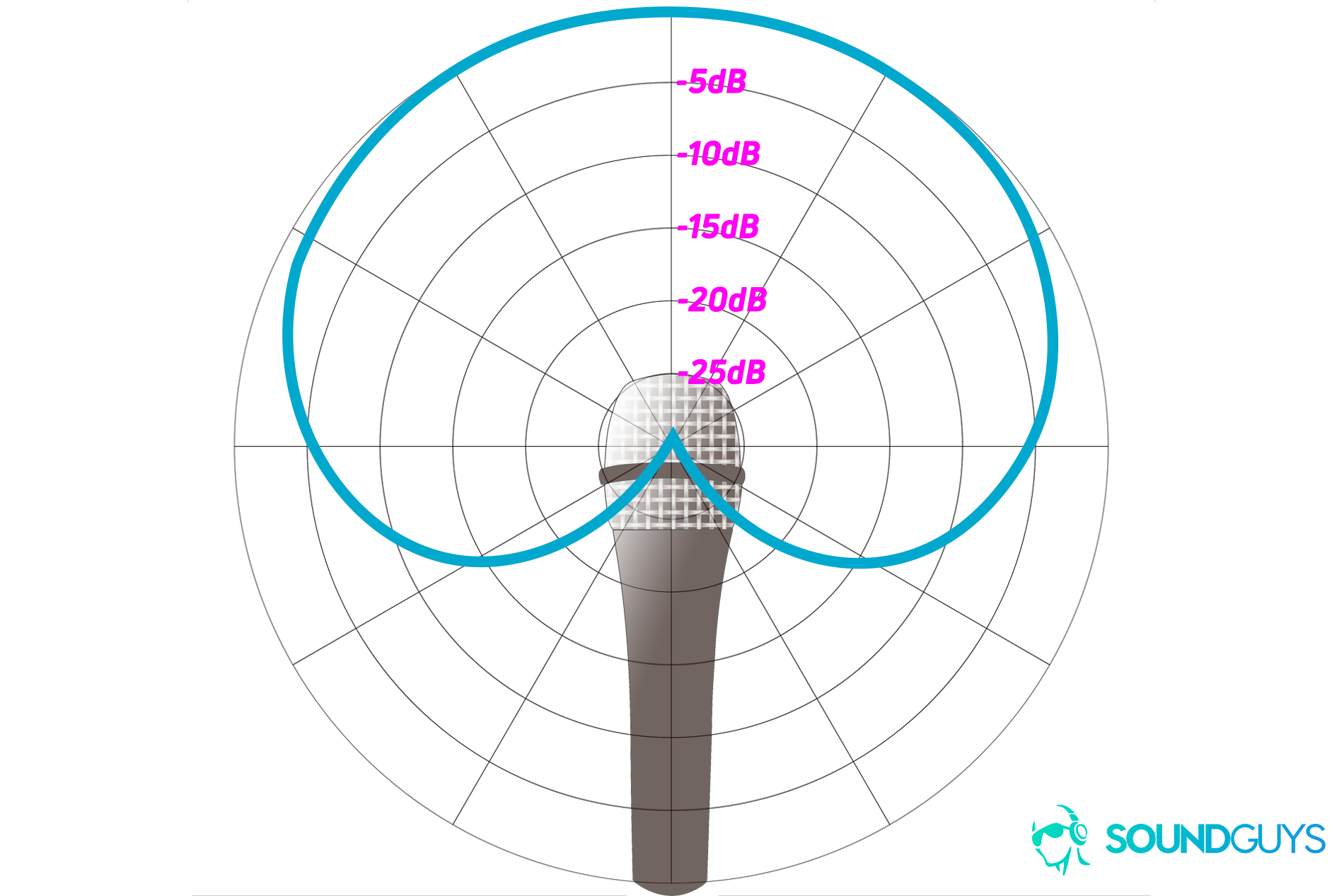
A polar pattern just tells you how a microphone picks up sound. Do you need to be directly in front of the microphone for the best sound quality? Can you sit a bit away and have wiggle room? Different polar patterns (aka, recording patterns) accommodate any use case.
A recording pattern that repeatedly appears for the best mics for YouTube is cardioid. A cardioid (heart-shaped) pickup pattern predominantly records what’s in front of the microphone, while omnidirectional mics record all surrounding sounds. Cardioid polar patterns are great because you don’t have to be overly precise about placement. Plus, they reject off-axis noise much better than omnidirectional mics.
What’s the difference between a dynamic and condenser microphone?
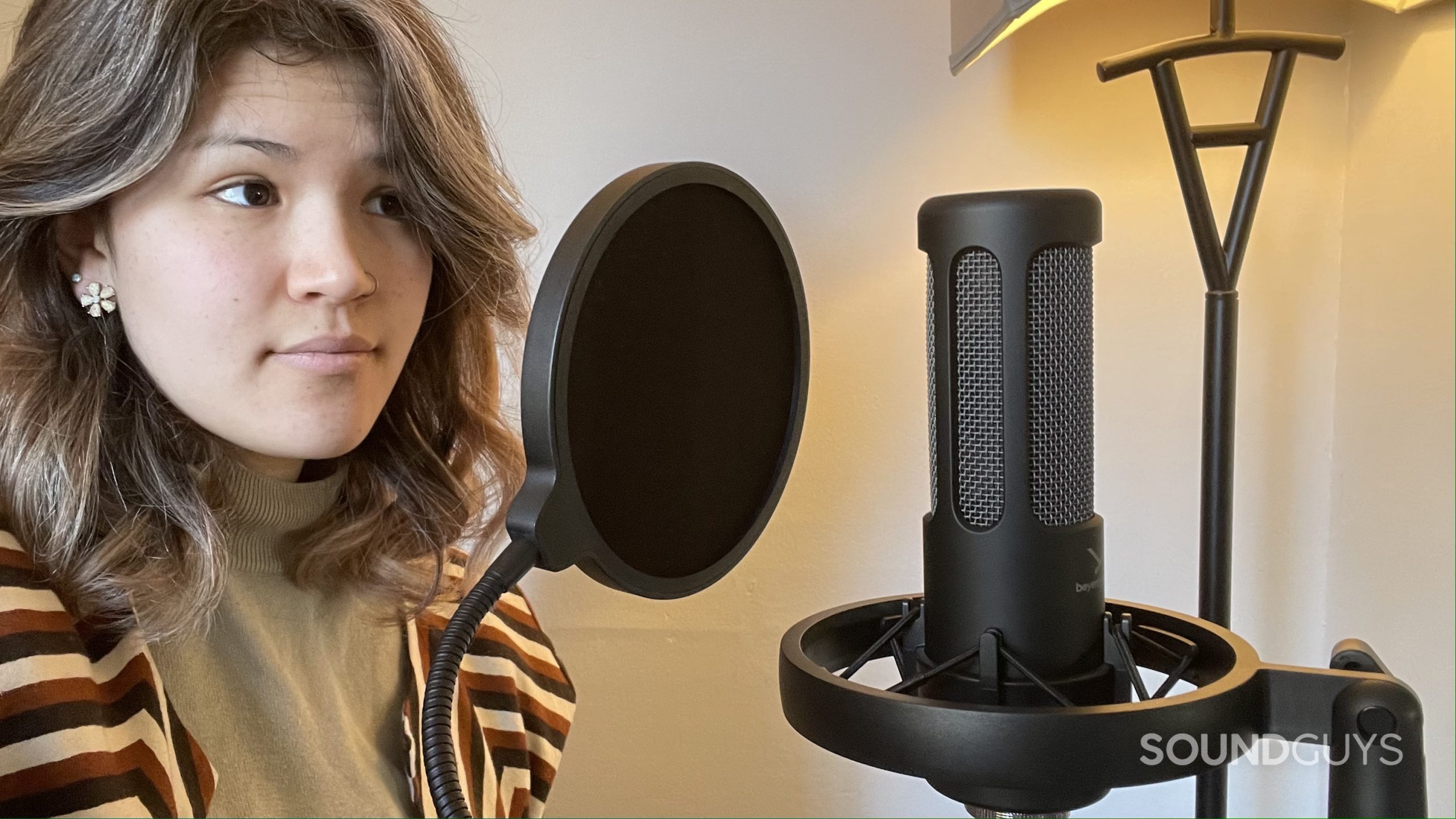
A dynamic microphone has a low sensitivity compared to highly sensitive condenser mics. If you’ve ever gone to a concert or comedy show, they’re all but guaranteed to be using a dynamic microphone. Dynamic mics are great for live performances because they can handle loud volume inputs before introducing distortion. Another benefit is that dynamic mics won’t register as much background noise, if any, compared to condenser mics.
Why, then, would anyone choose a condenser microphone? There are many great reasons to buy a condenser mic: they’re more sensitive and pick up more subtle nuances. This makes condenser mics a great option for studio vocalists. The main downside to condenser mics is that they almost always require phantom power, which throws more money down the hole. If you can completely control your environment and are really only recording one person at a time, a condenser microphone will serve you very well.
What is the proximity effect?
The proximity effect happens when the sound source is so close (nearly touching) to a microphone that the bass becomes disproportionately loud. If you get too close and cause input overload, you may introduce distortion to your recording. You only need to worry about the proximity effect with directional microphones. In other words, it’s a non-issue with omnidirectional mics. The more direct your microphone’s recording pattern, the more the effect is exaggerated.
While the proximity effect is usually undesirable, there are instances where you may want it in your recording. Vocalists tend to like the proximity effect because it can make their voices sound “bigger” or give the track a more intimate feel.
What kind of YouTube channel do you want?
How you categorize your channel and what kinds of videos you intend to make will determine what style of microphone best suits you. If you’re planning on streaming for gaming, the Blue Yeti is a great pick because of its versatile recording pattern options and relatively compact size. However, it wouldn’t be realistic or even usable for vlogging. In that case, you’d want something out of frame, like a shotgun microphone or a slim option like the Blue Ember XLR. Remember, these are all excellent options for their specific use cases.
Why you should trust SoundGuys
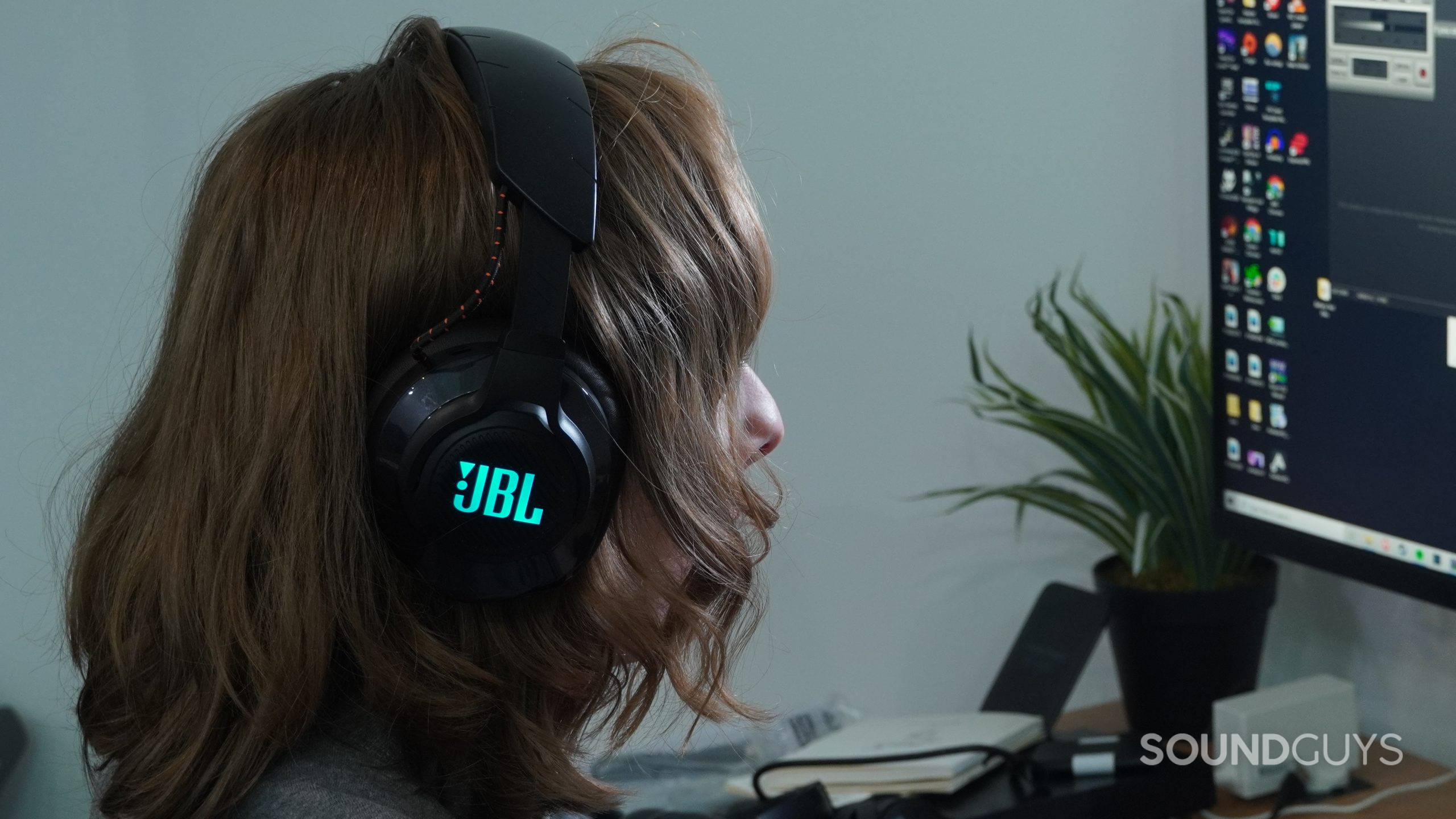
We believe that audio is an objective and subjective experience, and our work speaks to that. To that end, we perform relevant testing on all products we directly review and approach each unit from the standpoint of the intended user. This perspective allows us to understand better any potential faults or features worth praising.
Indeed, we only want you to enjoy your purchase if one is made. While we operate via affiliate links, no writer may benefit from recommending product A over product B. If a purchase isn’t made, we hope you walk away with a greater understanding of audio.
Frequently asked questions about the best mics for YouTube
Choosing the best microphone for YouTube largely depends on the type of content you’re producing. If you’re in a controlled environment, such as a studio, a condenser microphone is an excellent choice due to its sensitivity and ability to pick up subtle nuances. For those who are streaming games, the Blue Yeti is a top pick because of its versatile recording patterns and compact design. Conversely, Vloggers might prefer a shotgun microphone that stays out of the frame or a slim option like the Blue Ember XLR. It’s essential to consider the microphone’s polar pattern, with cardioid being a popular choice for its ability to focus on sounds directly in front of it while rejecting off-axis noise.
Absolutely. Sound quality is crucial in retaining viewers and ensuring your content is professional. While the video quality is essential, poor audio can deter viewers even if the visuals are top-notch. A good microphone provides clear audio, reduces unwanted background noise, and captures the nuances of your voice or the environment. Whether recording in a studio, vlogging on the go, or streaming games, investing in a quality microphone tailored to your specific needs can significantly enhance your YouTube content’s overall quality.
The Blue Yeti Nano is a $79 microphone with two recording patterns (omnidirectional and unidirectional). At the same time, the Blue Yeti costs $99 and has four recording patterns (bidirectional, cardioid, omnidirectional, and stereo). Both are USB condenser microphones with onboard gain control, but only the Yeti Nano works with the Blue Sherpa desktop software. The Nano also records higher-quality audio (24-bit/48kHz compared to 16-bit/48kHz). However, bit depth and sample rate aren’t everything since the standard Yeti houses three condenser capsules compared to the Yeti Nano’s two condenser capsules. Both mics support live headphone monitoring and allow you to adjust the headphone volume.
These types of microphones are called electret microphones. While some modern electret microphones are produced with decent quality, camera manufacturers do not typically emphasize making internal mics sound great. They often pick up unwanted room noise and inaccurately reproduce voices. In addition, if you’re recording a streaming video or narration, you’ll want your microphone closer to the sound source than a camera microphone would permit. Lastly, you’ll need an external microphone if you’re recording a vlog video and want to pick up sound from a direction different from where the camera is pointing.
Not really. Every microphone designed for worthwhile recording isn’t waterproof unless specifically for recording in wet environments. Don’t get any of the microphones we recommend here wet — you will not enjoy the results.
The trend of using tiny microphones on TikTok and other social media platforms has become popular for several reasons:
- Aesthetic Appeal: The tiny microphones are cute and visually interesting, making them more engaging for viewers. Their unique and miniature size adds a fun element to the videos.
- Sound quality: They can amplify the user’s voice, making it clearer for viewers.
- Meme Culture: TikTok thrives on trends and meme culture. Once a few popular creators started using these microphones, it quickly became a trend many others wanted to participate in.
- Affordability: Many of these tiny microphones are relatively inexpensive, making them accessible to a wide range of users.
- Portability: Their small size makes them easy to carry around, allowing creators to use them on the go.
While these microphones can be fun and effective for short social media clips, they might not be the best choice for professional audio recording or more serious content creation.
Thank you for being part of our community. Read our Comment Policy before posting.